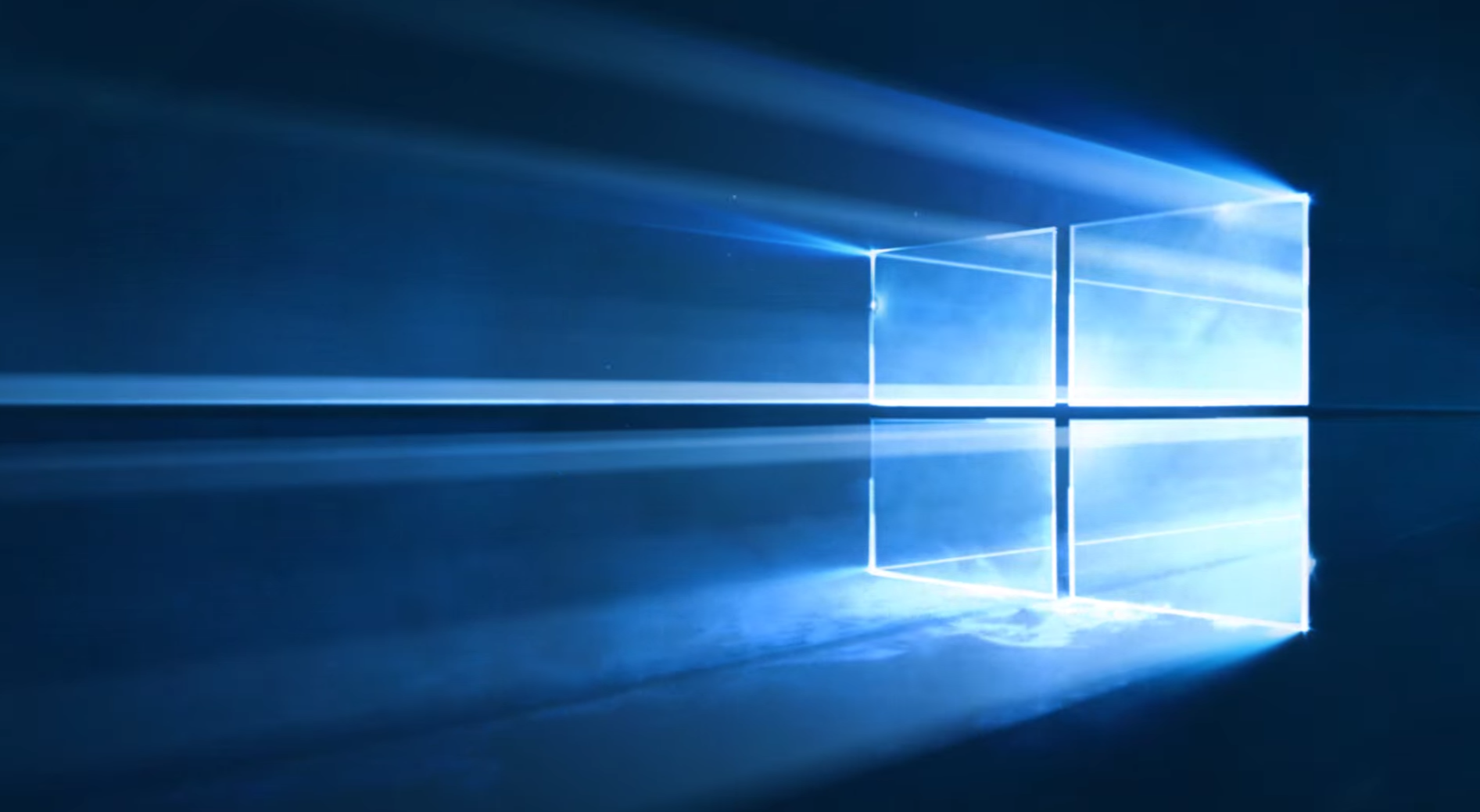Windows App Studio being SUNSET
We want to directly thank each of the users of Windows App Studio and we want to be sure you have a smooth transition off when Windows App Studio service ends on December 1, 2017. What will happen to App Studio afterwards? Windows Template Studio is the evolution of Windows App Studio. We took our learnings from the code generation engine and the existing wizard to provide a strong foundation for our code generation and developer experience in Windows Template Studio. Best of all, it is open source over at http://aka.ms/wts.
More info on blogs.windows.com
Ensure your apps continue working
On September 15th, 2017, the dynamic collection API inside App Studio applications will stop providing data to your existing applications. To ensure your apps continue working once the API is shutdown, you have the following options:
- Include dynamic data within your apps:
- Modify the dynamic collections and make them static. With this, all the collection resources will be included in the application.
- Re-generate your modified applications.
- Re-distribute or re-publish your apps to the Windows Marketplace.
- Re-author the dynamic API access:
- Download your application data
- Host the application data in the cloud (i.e. you can take advantage of Azure Mobile Apps services, Mongo Lab on Azure, etc. )
- Modify your application code to access the new data service.
On December 1st, 2017, Windows App Studio will completely shut down. As a result, all the applications data, source code, information, etc. will be removed. Please, ensure you download all the apps source code to be able to continue improving them.
Following you have step-by-step guides to help you ensure your apps continue working.
OPTION1: INCLUDE DYNAMIC DATA WITHIN YOUR APPS.
This process describes the steps required to include within your app the data currently accessed through the Windows App Studio dynamic data API.
1. Go to My Projects

2. Select the application you need to modify and click “Edit”.

3. Edit the Dynamic collections data

4. Click on “Data” tab. Change the “Data Configuration” switch from “Dynamic resources” to “Static resources”


5. Save your changes.


6. Once we have all the dynamic collections converted to static collections, you will need to re-generate the app. Click on “Finish”.


7. Click “Generate”.


8. Configure your generation preferences.


9. Wait for the new version to be generated.


10. Once generated, we recommend to re-distribute or re-publish the app to the Windows Market.


11. Do not forget to download the source code and save it properly to be able to make future updates.
OPTION 2: EXPORT APPLICATION DATA
Another option to avoid the disruption in your apps and continue having dynamic data access is to re-author the app and point to a different service where you will need to store the data previously.
The following steps describe the actions required to export your application data.
2. The first tab displays the “Export apps data” options.


3. You can export all apps data at once or select the app you want the data to be exported.


4. The export process might take few minutes (it depends on the amount of data). An email is sent once finished.


5. Once finished, you can download the generated file.


6. You can also export the data from a certain app. The process is similar.


7. Once finished, you can download the data from the app selected.


DOWNLOADING YOUR APPS SOURCE CODE
If you want to continue improving your app, be sure you download the source code.
2. Download the Source code.


3. Install Visual Studio and continue updating your amazing application.
(Info taken from https://appstudio.windows.com/en-us/home/sunset)



Comments
Post a Comment